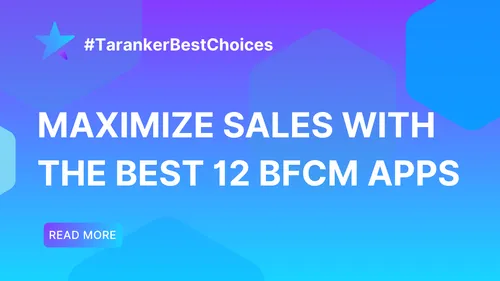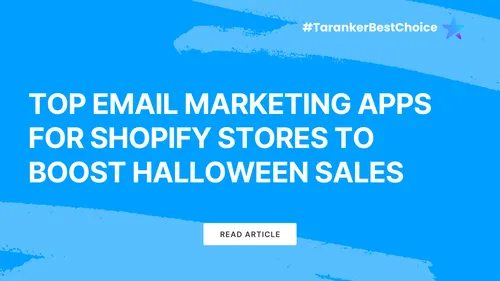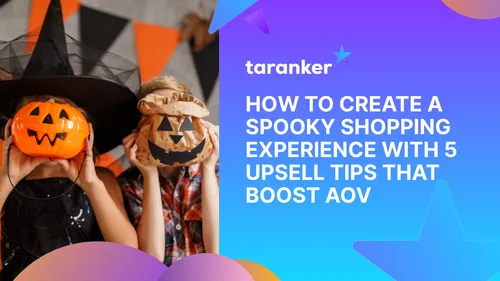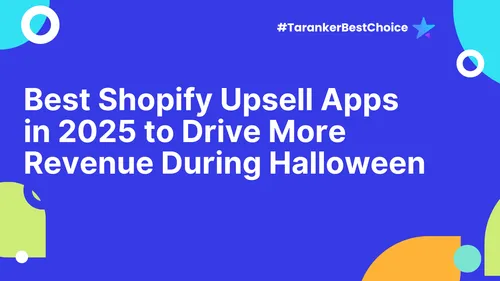Retention marketing is a crucial aspect of business growth, focusing on keeping existing customers engaged and encouraging repeat purchases. By utilizing automation tools, businesses can enhance their retention efforts, streamline communication, and personalize interactions efficiently. This article explores effective retention marketing strategies, key channels, and the best automation tools to improve customer loyalty and long-term success.
What is Retention Marketing?
Retention marketing focuses on engaging existing customers to increase their lifetime value (LTV) and encourage repeat purchases. Unlike acquisition marketing, which aims to attract new customers, retention marketing leverages customer relationships to enhance loyalty, satisfaction, and advocacy.
Effective retention marketing helps businesses maximize revenue while reducing customer acquisition costs. Companies that excel in retention marketing benefit from higher customer retention rates, improved brand loyalty, and increased profitability.

Key Retention Marketing Strategies
To improve customer retention, businesses need a well-structured strategy that nurtures relationships and maintains engagement. Here are some key retention marketing strategies:
1. Personalized Customer Engagement
Personalization is at the core of retention marketing. By leveraging customer data, businesses can tailor experiences, offers, and messages based on user preferences, behavior, and purchase history.
2. Loyalty Programs
Loyalty programs incentivize repeat purchases by rewarding customers for their continued engagement. Offering points, discounts, exclusive access, or special perks encourages long-term commitment.
3. Customer Feedback and Support
Regularly collecting feedback and addressing concerns promptly improves customer satisfaction. Excellent customer support also plays a crucial role in retention by resolving issues efficiently and maintaining strong relationships.
4. Subscription and Membership Models
Businesses offering subscription-based services or membership programs retain customers longer. These models provide continuous value, increasing engagement and reducing churn.
5. Post-Purchase Engagement
Following up with customers after a purchase strengthens relationships. Sending thank-you emails, product recommendations, and how-to guides enhances user experience and keeps customers engaged.
Key Retention Marketing Channels
To execute a successful retention marketing strategy, businesses should leverage various channels for communication and engagement.
1. Email Marketing
Email remains one of the most effective retention marketing channels. Personalized email campaigns, such as re-engagement emails, transactional emails, and exclusive offers, keep customers connected with the brand.
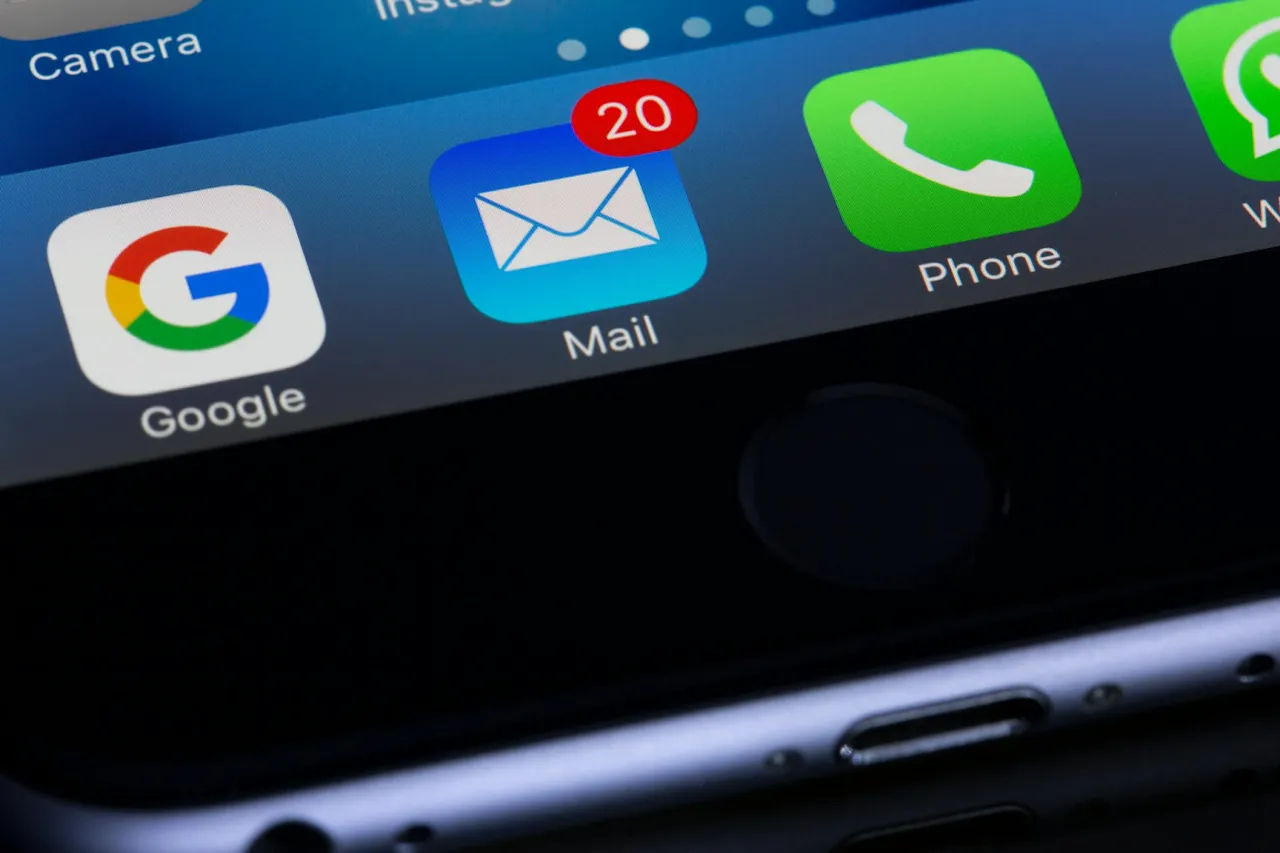
2. SMS and Mobile Notifications
Text messages and push notifications provide real-time engagement, making them powerful tools for time-sensitive promotions, reminders, and customer support updates.
3. Social Media Engagement
Engaging with customers on social media platforms fosters a sense of community. Responding to comments, sharing user-generated content, and offering exclusive deals through social channels enhance retention.
4. Chatbots and AI Assistants
AI-powered chatbots help businesses provide instant support, resolve inquiries, and guide customers through their purchase journey, improving retention rates.
5. Content Marketing
Providing valuable content, such as blogs, tutorials, and newsletters, educates customers and keeps them engaged. High-quality content enhances brand credibility and strengthens customer relationships.
Automation Tools for Retention Marketing
Automation tools help businesses streamline retention marketing efforts, making engagement more efficient and scalable. Here are some of the best automation tools for improving customer retention:
1. Customer Relationship Management (CRM) Software
CRM platforms like Salesforce, HubSpot, and Zoho CRM centralize customer data, allowing businesses to track interactions, segment audiences, and personalize marketing campaigns.
2. Email Marketing Automation
Tools like Klaviyo, Mailchimp, and ActiveCampaign enable automated email workflows, ensuring timely and relevant communication with customers.
3. SMS and Mobile Marketing Platforms
Solutions such as Twilio, Attentive, and Postscript help businesses send personalized SMS messages, automated reminders, and mobile push notifications to boost retention.
4. AI Chatbots and Customer Support Automation
Chatbot platforms like Drift, Intercom, and Zendesk provide real-time assistance, automate customer support responses, and enhance engagement.
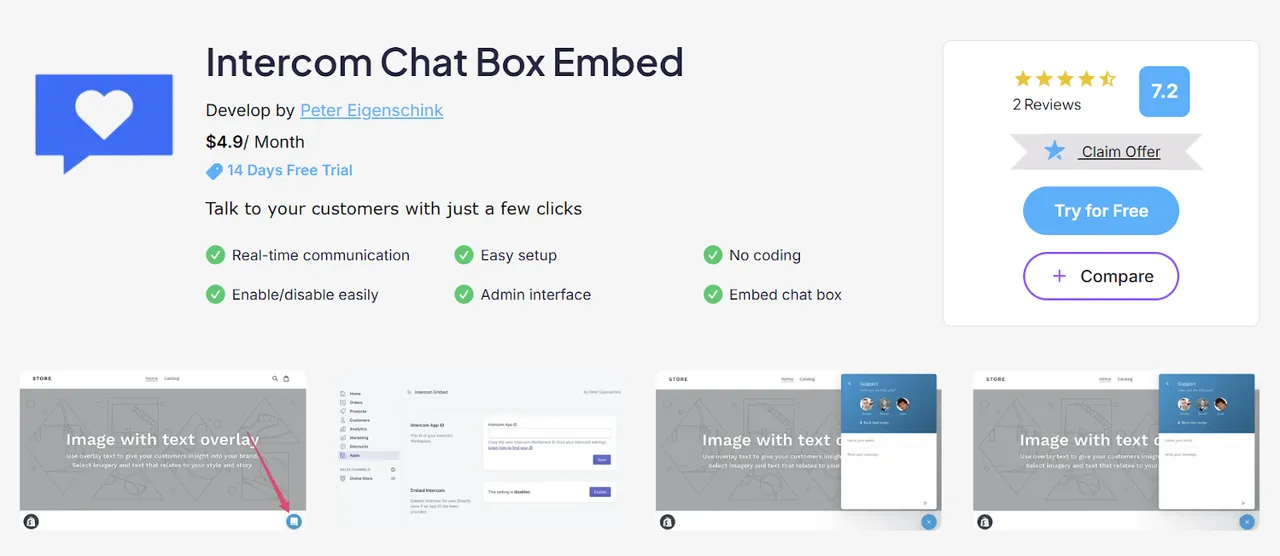
5. Loyalty and Referral Program Software
Retention-focused tools like Smile.io, Yotpo, and ReferralCandy help businesses create loyalty programs, offer rewards, and encourage referrals.
6. Predictive Analytics and Customer Insights
AI-driven analytics tools such as Google Analytics, Mixpanel, and Amplitude analyze customer behavior, predict churn risks, and suggest actionable insights for retention strategies.
Conclusion
Retention marketing is essential for maximizing customer value and reducing acquisition costs. By implementing personalized engagement strategies, leveraging multiple marketing channels, and utilizing automation tools, businesses can significantly improve customer retention rates. Investing in retention-focused automation not only streamlines marketing efforts but also enhances customer experiences, leading to long-term business growth.

